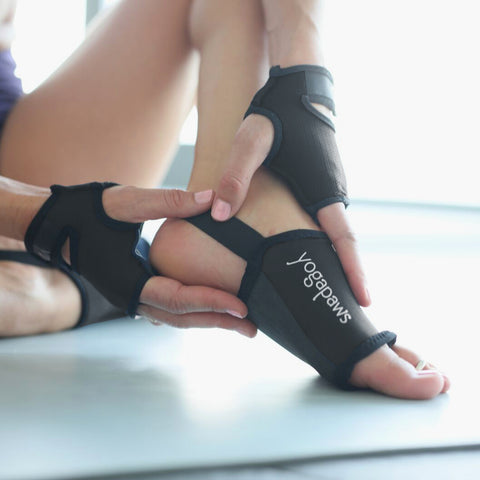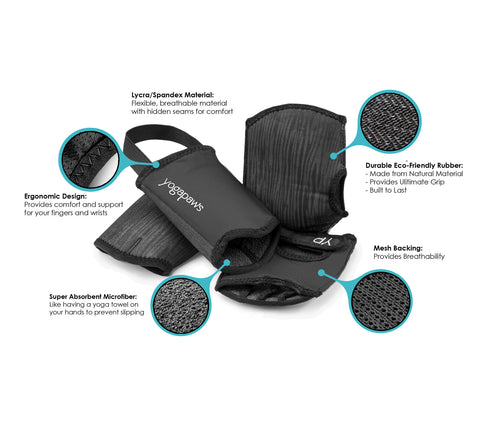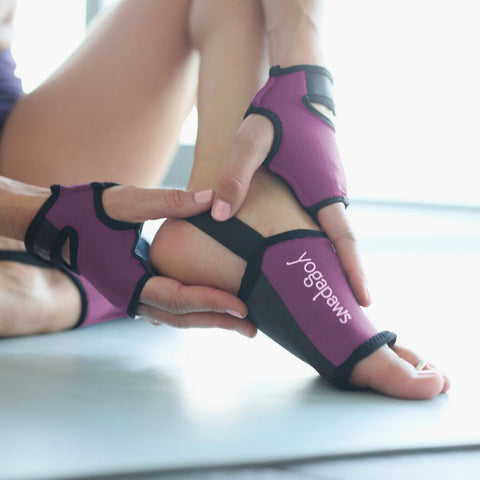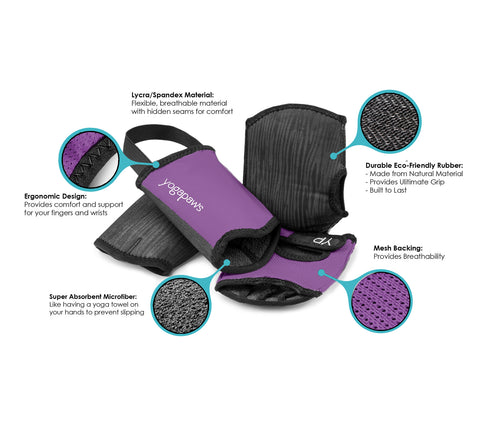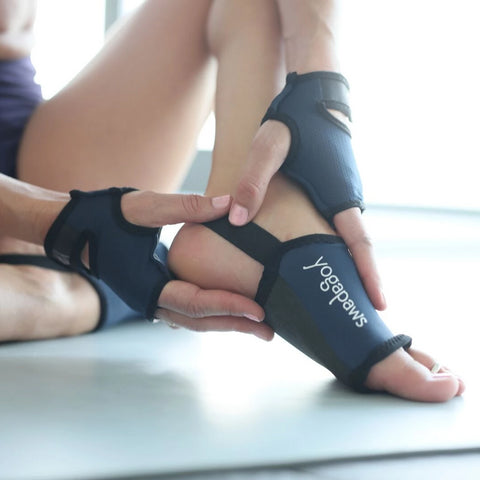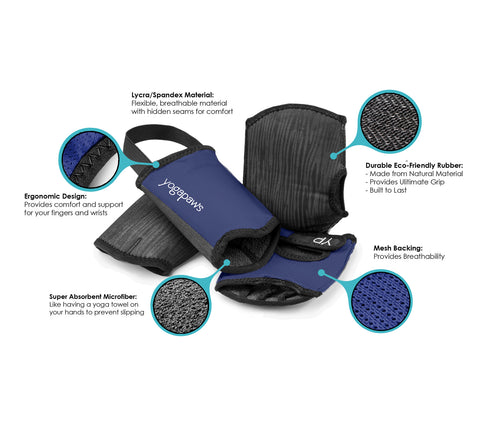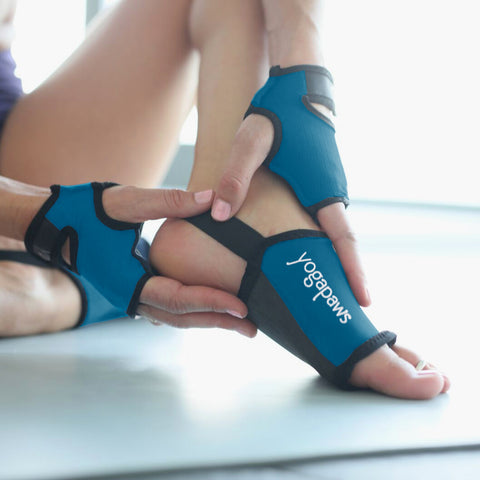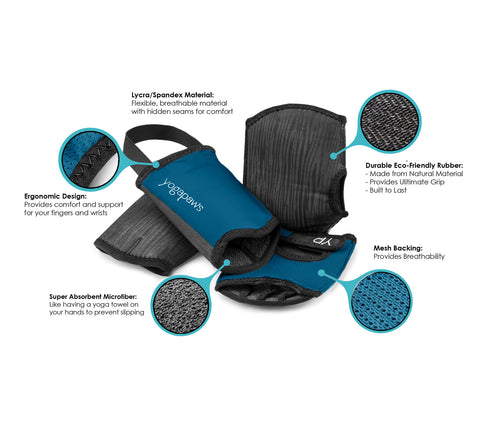Posted on December 01 2017
 Gaining mastery over Manipura, the Third Chakra is a milestone in most people’s yogic journey.
Gaining mastery over Manipura, the Third Chakra is a milestone in most people’s yogic journey.
Located just above the navel, this Chakra associated with the solar plexus is often seen as the seat of your personal power. It is the place where the idea of “I” is born. It’s also where prana feeds the fire of transformation that burns away the limitations of your ego, freeing you to trust, surrender and achieve the highest self-realization.
Left unchecked, Manipura’s fire becomes too hot to handle. It’s so easy for the ego to slip from the path that leads to moksha (liberation) and become consumed by the flames of greed that dictate that you win every trophy, get every promotion and live in the biggest house in the “best” neighborhood. The farther the Third Chakra moves from being in balance, the harder it is to discern the difference between “I want” and “I need” or simply “I am.”
To harness the true potential of this internal powerhouse, first get in touch with all of its aspects. Then find the asanas, breath work, teachers and friends who can help the real you shine.
 The basics: Manipura or Manipooraka, Sanskrit for “lustrous gem” or “Palace of Jewels,” is located roughly two fingers above the navel. It is said to complete the physical trilogy of the physical energy system along with the First Chakra, which relates to tribal power, and the Second Chakra, which refers to the flow of power between yourself and others. .” [Click for details on all seven chakras.]
The basics: Manipura or Manipooraka, Sanskrit for “lustrous gem” or “Palace of Jewels,” is located roughly two fingers above the navel. It is said to complete the physical trilogy of the physical energy system along with the First Chakra, which relates to tribal power, and the Second Chakra, which refers to the flow of power between yourself and others. .” [Click for details on all seven chakras.]
Its presiding deity: Laakinee
Its element: Fire
Its colors: Golden yellow
Its symbol: Circle
Its sense: Sight
Its aromas: Lavender, rosemary, bergamot
Its gemstones: Amber, tiger’s eye, yellow topaz, citrine
Its sounds: Musical note: E; Bija sound: Rang; Mantra/sound: Ram/da
Its metal: Iron
Number of petals: 10
Physical associations: Endocrine glands: Pancreas and liver; Body parts: Stomach, liver, intestines, skin
Imbalances: Physical: Digestive problems, all of the ‘itis” diseases, ulcers, diabetes or hypoglycemia, arthritis, pancreas & liver malfunction, chronic fatigue, irregular heartbeat; Emotional: Fear, hate, indifference, stress, self-loathing, need for power.
Yoga can help to keep these dynamic forces in balance, enabling both beginning and advanced yogis tap into their limitless inner star power. Try a sequence that includes poses like these gentle backbends to cool an overheated Third Chakra, twists to cleanse it and restorative poses to calm the mind and encourage self-love.

|
Pasasana (Noose Pose) Stand in Tadasana (Mountain Pose) about a forearm’s distance away from away. Have the wall on your right side and make sure you can place your forearm on the wall, parallel to the ground. Keep a rolled blanket or wedge nearby. Place your feet hip’s width apart. Bend your knees and lower into a full squat. If you cannot place your heels flat on the floor, lower them onto the blankets or wedge. Turn your knees slightly to the left and rotate your torso to the right so that you can place both hands on the wall. Move your right hand higher to provide support and keep the left hand lower. Press your left elbow into the outside of your right knee. Work toward minimizing any space between the torso and thigh. If you feel stable here (don’t let your ego dictate; listen to your body), release your hands from the wall and bring your palms together at heart center. Press the hands together tightly to deepen the twist. Hold for 30 seconds to one minute. Release and return to Tadasana; then reverse. Benefits: Stimulates the abdominal organs, strengthens digestion and elimination |
 |
Dhanurasana (Bow Pose) Begin by lying on your stomach. Bend your knees up and reach back with your hands to grab your ankles (Use a strap if you can’t reach.) Inhale and lift your heels away from the buttocks and lift your thighs off the floor. Your head and shoulders will come up off the mat. Try to keep your knees from opening wider than your hips. Focus on your breath—it might feel constrained because your front body is on the ground, but don’t hold your breath. Stay in the pose for 20 to 30 seconds and release. Benefits: Stretches the entire front body and stimulates the organs of the abdomen and neck. |
 |
Urdhva Prasarita Eka Padasana (Standing Split) Begin in Virabhadrasana II (Warrior II) with your right leg in front. Swing your left arm up and twist your torso to the right, pivoting on the ball of your left foot. Lay your body on your front thigh and your hands on the floor, or on blocks if you can’t reach the floor. Walk your hands forward and shift your weight completely onto the right foot. Inhale and lift your left leg parallel to the floor. Focus on rotating your left leg inward to keep the pelvis in alignment. Hold the pose for 30 seconds to one minute before releasing and repeating on the other side. Benefit: Stimulates the liver and kidneys |
 |
Urdhva Dhanurasana (Upward Bow Pose) Lie on your back. Bend your elbows and place your palms on the floor next to your head (here’s a great place for those Yoga-Paws to avoid slipping). On an exhale, lift your hips, engaging your buttocks and lifting your hips. Hold here for two to three breaths. Then push into your hands to rest on your feet and the crown of your head. After two to three breaths in this position, straighten your arms and push into your feet to lift into the full pose. Focus on rotating your knees in (they won’t turn in but the action will prevent them from splaying out). Stay in the pose for five to 10 seconds and repeat three to 10 times. Benefit: Increases energy and can help to counteract depression. |
 |
Salamba Savasana (Supported Corpse Pose) (Note: you will need two pillows, a rolled towel and a bolster or folded blanket.) Begin on your back. Place the bolster or blanket underneath your knees and the pillow underneath your arms, which should extend down and away from the body at a slight angle. Put the towel roll under your neck. Close your eyes and visualize your body releasing into the floor. Remain in the pose for 10 to 30 minutes. Release by wiggling your fingers and toes, bringing your knees into your chest and rolling onto the right side. Benefits: Calms the brain and helps to relieve stress; helps to counteract mild depression. |
Supplement these poses with asanas that help you overcome your fears—perhaps deeper backbends or inversions. Or, if your Third Chakra needs stimulating rather than cooling, try Bikram Yoga.
Walking meditation can compliment your practice on the mat. On your lunch hour, let go of goal-setting and performance reviews and just concentrate on feeling your heel, the ball of your foot and your toes rolling onto the ground. Rather than focusing your eyes, adopt a wide focus—not staring straight ahead, but using your peripheral vision. Then, as you near the end of the walk, look inward and celebrate all that you can be.

